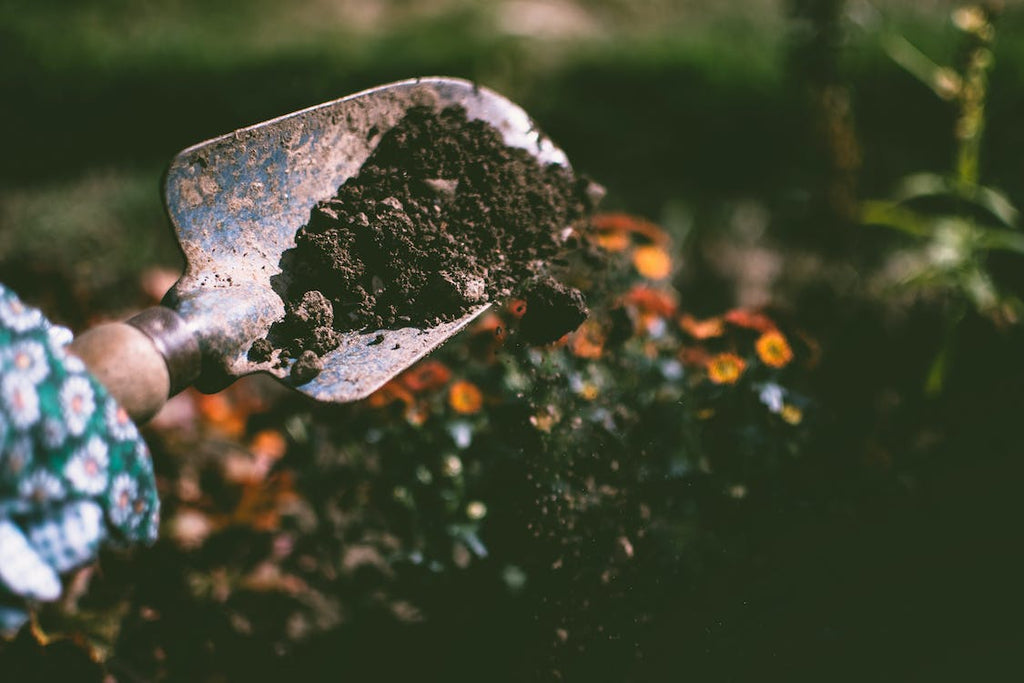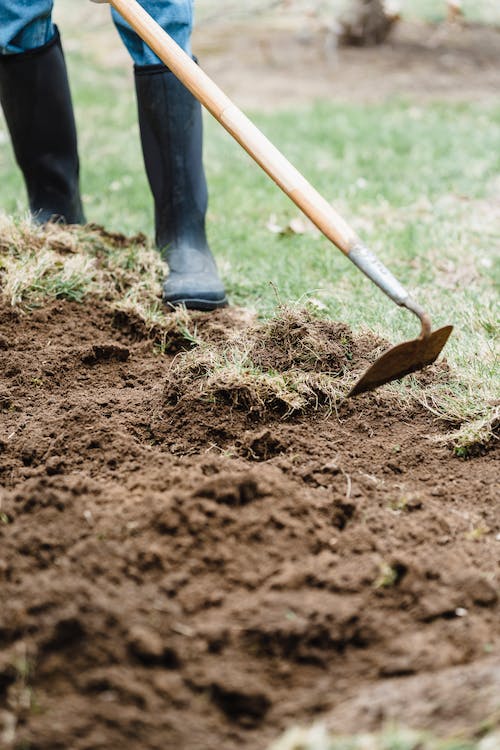
It’s no great secret that soil health and watering are critical functions in maintaining a healthy garden. Many gardeners work hard to keep their soil healthy, insure that plants get enough water, and that those processes are sustainable. And when it comes to soil, we’re so often told that our plants need “rich, well -drained soil” . . . but how do we ensure that soil is well drained? On the surface, it may seem that drainage is either present or absent in our garden spaces, and that we need to choose our plants accordingly. However, as it turns out there are things we can do to improve garden drainage and ensure that your plants get the right amount of water while also keeping water from pooling in our gardens and lawns. So, let’s dig in and learn a bit about garden drainage, improving garden drainage, and a few other things along the way!
What is Good Garden Drainage?
When it comes to water, it’s important to remember that water seeks the lowest possible level, and that water is persistent in out it gets there. With that in mind it’s generally best to think in terms of “water management” rather than “waterproofing”. This means that building good drainage into our lawns, gardens, or other spaces focuses on giving water a place to go and directing it where we want it, rather than trying to block its flow altogether. Our approach to garden drainage here is base on that principle, so here we go!

Tips for Improving Garden Drainage
- One of the best ways to improve soil drainage is also a common feature in many gardens. Building raised bedscan make gardening easier in many ways, including helping the soil around the roots of your plants drain more easily. Raised beds built with good siding or edging can last for years and years, giving your garden some vertical interest and making weeding and other plant care much easier too.
- Soil care is another easy step in improving drainage in any garden. By simply loosening and aerating the soil, you can improve drainage by avoiding the kind of dense, compacted soil conditions that contribute to pooling and runoff. You’ll also increase air flow, which improves soil health by enabling organic processes within the soil, and make it easier for the roots of your plants to grow and thrive.

- Amending soil can also help drainage, as it generally includes loosening and aerating the soil while also adding absorptive elements like compost, sphagnum moss, and perlite, and other amendments. In places with hard clay soils or densely packed soil, simply amending the soil can go a long way towards improving drainage.
- In low-lying corners of the garden, where water tends to collect and pool, water-loving plantscan help mitigate the problem. By choosing garden plants that soak up water quickly, you’ll help reduce the water collecting their quickly and naturally.

- It’s a bit more labor intensive, but building in drains and drainage channels can help direct water away from your plants and into a place where it can soak into the ground more quickly. This can be as simple as digging a ditch and filling it with gravel or decorative garden stones, or as complex as putting in a series of French drains. The good news is that there are a range of approaches, so there’s bound to be one that’s right for your space.
Drainage issues may seem daunting, but in most gardens they can be addressed with a few simple and direct steps to move the water and runoff where you need it to go. Improving your garden drainage can improve your plant and soil health, reduce standing water and all the problems it can bring, and enhance your garden’s overall appearance.
We’re all about community here at Gardzen, so if you’ve taken on a garden drainage project this year let us know about it! We love to hear from you!

Leave a comment